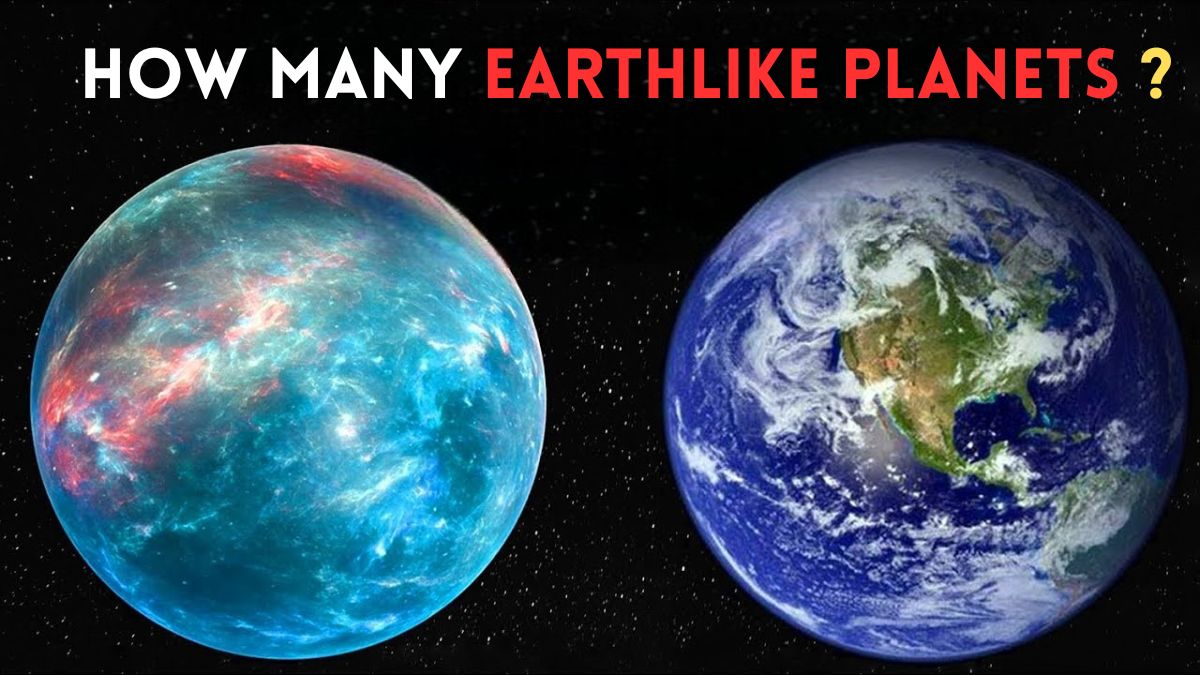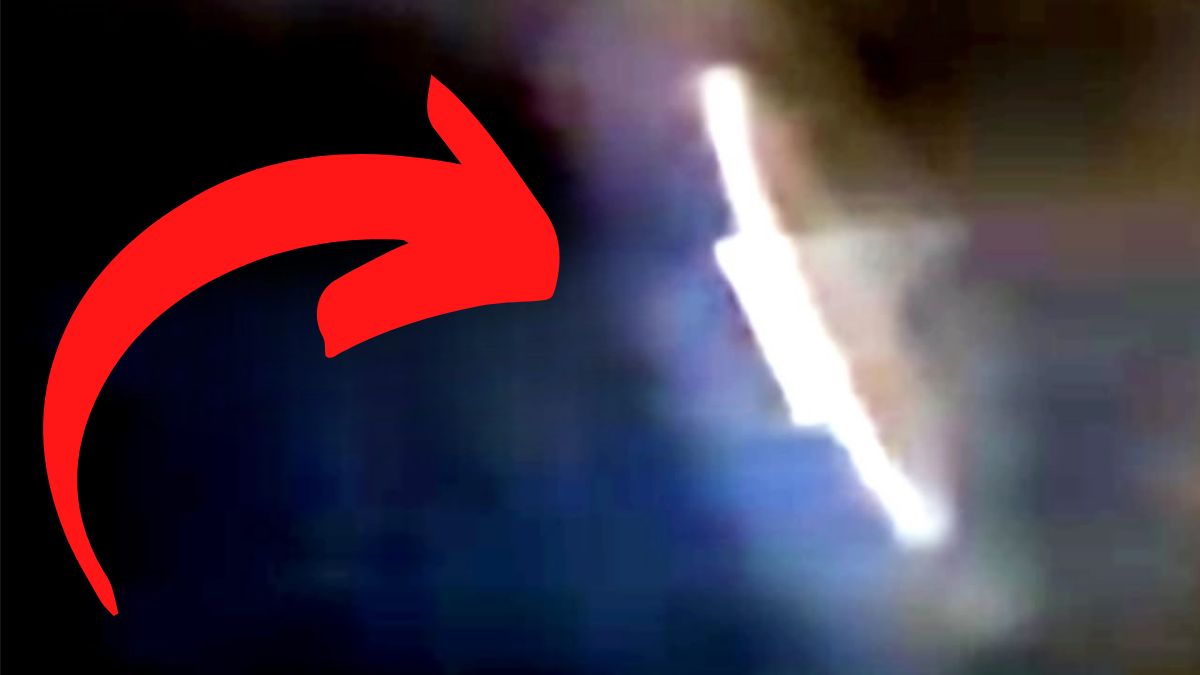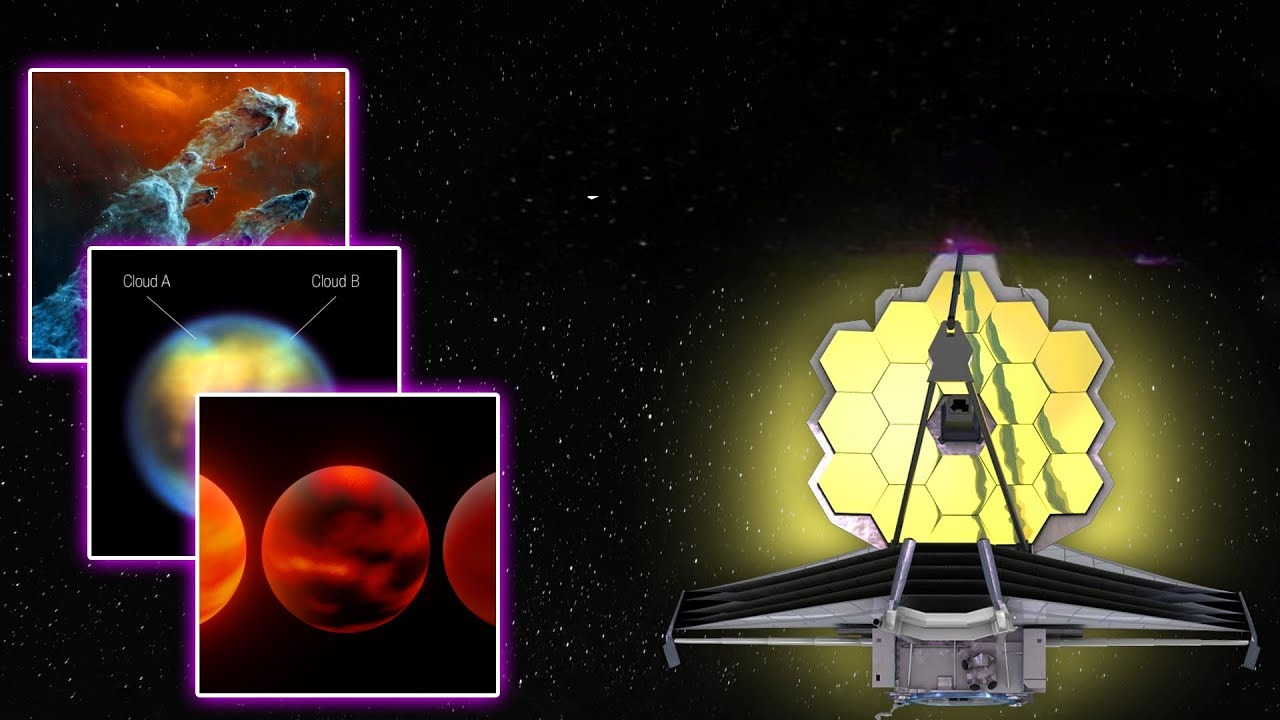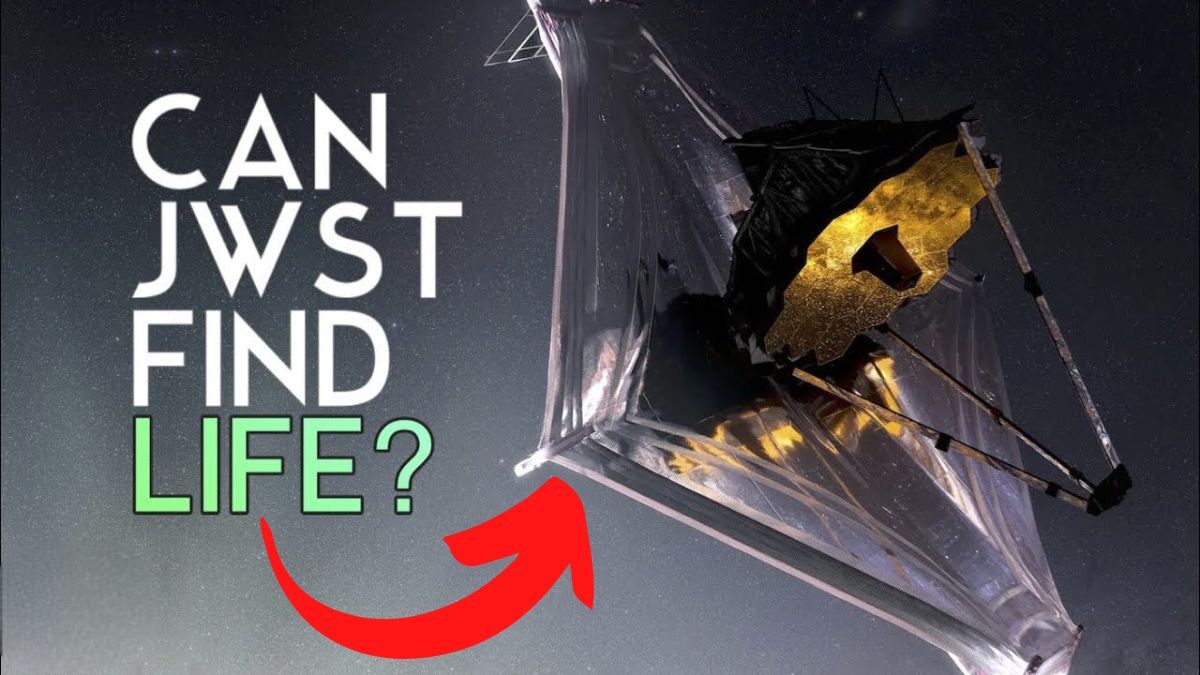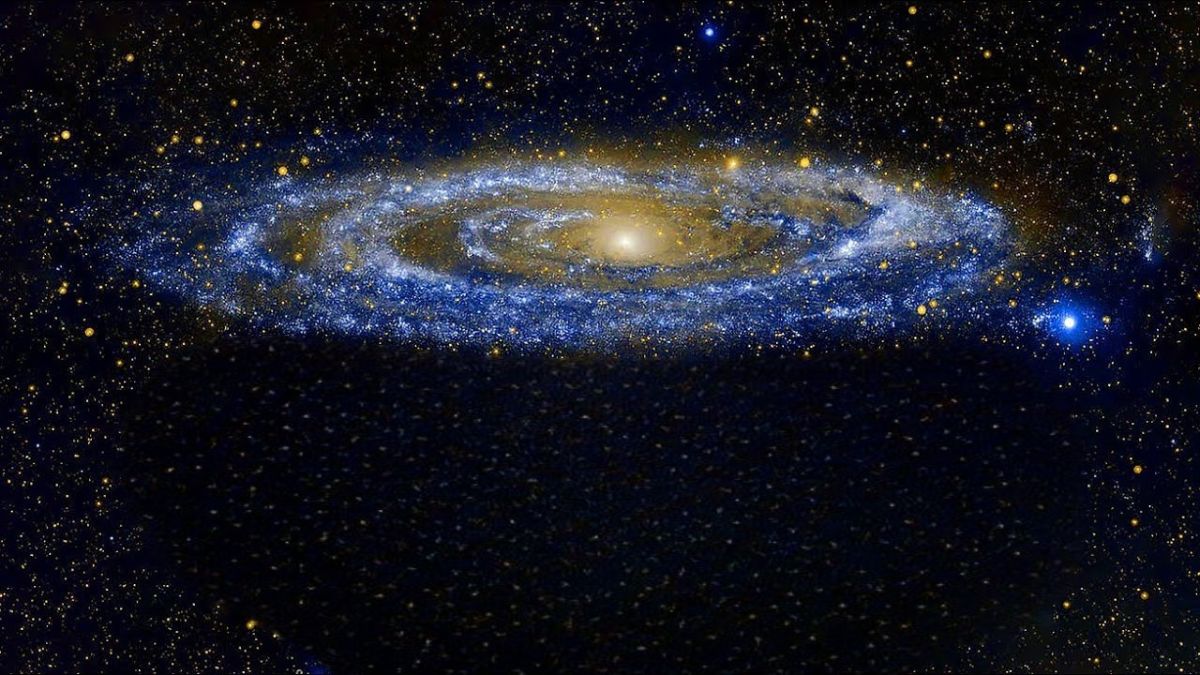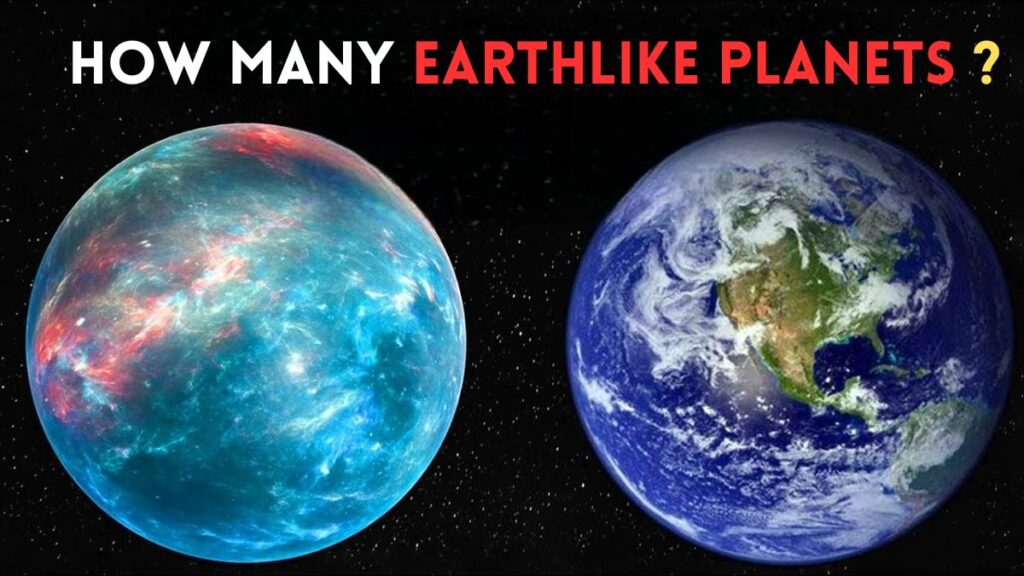
with an Earth Similarity Index of 0.91: Luyten b!
Luyten b is a rocky exoplanet orbiting within the habitable zone of the nearby red dwarf Luyten’s Star, in the constellation Canis Minor (just to the right of the bright star Procyon).
With a visual magnitude of 9.9, it’s too faint to be viewed with the unaided eye.
Luyten b is one of the most Earth-like planets ever found and is the fifth-closest potentially habitable exoplanet known, at a distance of 12.2 light-years.
Only Proxima Centauri b, Barnard’s Star b, Ross 128 b, and Gliese 1061 d are closer.
Discovered in June 2017, Luyten b is a Super-Earth of around 2.89 times the mass of Earth.
Receives only 6% more starlight than Earth, which makes him one of the best candidates for habitability.
The planet is likely terrestrial, with a diameter of about 18000 km and an equilibrium temperature of 14 °C.
For comparison, Earth has an equilibrium temperature of 18 °C.
Luyten b orbits quite close to its host star.
One full revolution around Luyten’s Star takes about 18.6 days at an average distance of 0.091 AU, much closer in than Mercury, which has a year of 88 days and an orbital radius of 0.387 AU.
with an Earth Similarity Index of 0.94: Gliese 581 g!
Gliese 581g, discovered in 2010, is an extrasolar planet that orbit the star Gliese 581, approximately 20.4 light years from Earth in the constellation Libra.
It is notable as it is thought to be in the middle of the habitable zone of its star.
One full revolution around Gliese 581 takes about 32 days at an average distance of 0.13 AU.
The planet is a Super-Earth of around 2.5 times the mass of Earth, and is thought to be tidally locked to its star.
The actual habitability of the planet depends on the composition of its surface and the atmosphere.
It is thought to have temperatures around -37 to -11 °C.
By comparison, Earth has an average surface temperature of 15 °C – while Mars has an average surface temperature of about -63 °C.
with an Earth Similarity Index of 0.95: TRAPPIST-1e !
TRAPPIST-1e is an almost Earth-sized terrestrial extrasolar planet orbiting around the ultra-cold dwarf star TRAPPIST-1, located approximately 39 light-years away from Earth in the constellation Aquarius.
The exoplanet, discovered in 2016, is within the star’s habitable zone, and it’s one of seven exoplanets to be discovered orbiting the star.
More detailed studies released in 2018 determined that the planet is one of the most Earth-like worlds found.
It is extremely similar to Earth physically, with 91% the radius, 77% the mass, 102.4% the density, and 93% the surface gravity of Earth.
The planet orbits its host star quite closely.
One full revolution around TRAPPIST-1 only takes 6 Earth days to complete at a distance of 0.03 AU.
TRAPPIST-1e is confirmed to be a terrestrial planet with a solid, rocky surface.
It is cool enough for liquid water to pool on the surface.
The planet receives a stellar flux 0.6 times that of Earth, about a third lower than that of Earth but significantly more than that of Mars.
Its equilibrium temperature ranges from -48 °C to -27 °C, depending on how much light the planet reflects into space.
Both of these are between those of Earth and Mars as well.
TRAPPIST-1e is confirmed to have a compact, hydrogen-free atmosphere like those of our Solar System’s rocky planets, further raising the chances of habitability.
Hydrogen is a powerful greenhouse gas, so if there was enough to be easily detected, it would mean that the surface of TRAPPIST-1e would be completely inhospitable.
Since such an atmosphere is not present, it raises the chances for the planet to have a more Earth-like atmosphere instead.
with an Earth Similarity Index of 0.95: Teegarden b !
Teegarden b is an exoplanet found orbiting within the habitable zone of Teegarden’s Star, an M-type red dwarf in the constellation Aries, about 12 light-years from the Solar System.
Teegarden’s Star b, discovered In July 2019, is the innermost known planet orbiting Teegarden’s Star, with an orbital period of just 4.9 days at an average distance of 0.025 AU.
Teegarden b orbits within the habitable zone of its host star.
This means that its atmospheric composition could allow for stable liquid water on its surface, and It is thought to have surface temperatures around -27°C The planet’s minimum mass and diameter are identical to those of Earth.
Because of this, Teegarden b is likely to be rocky, with an ocean of water on its surface.
with an Earth Similarity Index of 0.98: KOI-4878.01 !
Discovered in 2015, KOI-4878.01 is an extrasolar planet that orbits the F-type main-sequence star KOI-4878.
It is located about 1075 light years from Earth in the constellation Draco.
The characteristics of the planet are very similar to that of Earth, and if it is confirmed, would have an Earth Similarity Index rating of 98%, which makes it the most Earth-like planets found.
The orbital period of the planet is around 449 Earth days at a distance of 1.12 AU.
It is very likely located within the habitable zone of its star.
Its mass and diameter are identical to those of Earth, as well as its surface temperature of 18°C.
The only flaw, it’s great distance!
Kepler-438B In terms of hope, it’s unlikely at present that Kepler-438B would be a planet we would reach in the near future.
Because this planet (discovered in 2015) is actually 470 light years from Earth.
That being said, it might just be the planet we need right now, as it’s been deemed one of the most Earth-like planets in the entire universe.
How exactly do you measure that?
Well believe it or not, there’s an “Earth Similarity Index”, and Kepler-438B ranks pretty highly on it apparently.
In fact, it has an 88% similarity of Earth.
That’s REALLY high, and so many are hoping to learn more about this planet because it could be one that is supporting life right now.
Then again, even though it’s a 12% difference, that could be all it takes to make it vastly different from Earth as a whole.
But, we do know that part of that percent difference is due to the size.
Kepler-438B is actually 12% bigger than our Earth.
Which actually isn’t too bad when you think about it.
However, some bad things that do need to be pointed out is that it actually gets 40% more light than Earth.
Too much light can cause problems for both people, animals and planets.
Oh, and it doesn’t exactly have an atmosphere, which is REALLY bad, because that’s what keeps all the gasses in and helps us breathe.
Not to mention, the sun around Kepler-438B has some pretty bad solar flares.
All in all, that 12% really adds up, huh?
Kepler-452B What’s with all the Keplers?
Ok, that’s not really a question. I was just curious after having two of these back to back.
This planet was also discovered in 2015 (in July to be specific), and upon observing the planet, the people who found it decided to name it “Super Earth”.
And they don’t just mean that because it’s got superpowers or anything, but rather, Kepler-452B is actually 5 times the size of our Earth.
That’s massive.
But ironically, in terms of the orbit it has around its sun, it’s not that far off.
It does it in 385 days compared to our 365.
That’s basically just another month, which wouldn’t be too bad.
Sadly, the other aspects of Kepler-452B are bad.
In space, size really does matter.
Our planet is perfect in many aspects in regards to size, and that includes how big its gravity is.
Kepler-452B has gravity twice the size of Earth, and because of its ability to absorb more sunlight via its star, the planet is actually much hotter than our Earth is.
Naturally, this would make habitation much harder.
Not impossible for the record, but harder.
Oh, and then there’s the fact that this planet is 45,000 light years away.
Which means lightspeed travel would be needed in bulk for us to get there.
Kepler-186f Another Kepler planet, this one was actually the first planet to be defined as Earth-like because it lived in the “habitable zone” of a star.
What does that mean?
Well, depending on the planets position to the star, it can either be too hot to have things like water, or, the water on the planet will naturally freeze because of the conditions.
Kepler-186f was the first to be noted for having a position in which liquid water could be found.
In terms of size, the planet is only about 10% larger than Earth.
In contrast, its sun is actually smaller and cooler than our own, which is an interesting mix when you think about it.
The orbit it takes is much shorter than our own, only about 130 days.
If you’re wondering about distance from Earth, Kepler-186f can be found about 500 light years from Earth, and is actually within the constellation known as Signus.
While scientists were thrilled to find a “validated” planet within the “habitable zone”, they also knew that there was still a while to go before finding a true “Earth twin”.
One scientist from NASA noted that it’s more like an “Earth Cousin”.
Which is still progress, and in science, progress is important.
Barnard’s Star b Found in 2018, and located a mere 6 light years away from Earth (that’s really close for the record), Barnard’s Star b is the 2nd-closest exoplanet to Earth right now.
But, like many planets, there is already some problems being noted by scientists.
First off, the mass.
The size and mass of Barnard’s Star b is actually 2.3 times more than Earth, and as noted, that could have a huge impact on the gravity of the planet.
Plus, the planet is orbiting a red dwarf star, and its distance ensures that the planet doesn’t get a lot of sunlight.
Which is sad, because its orbit of about 233 is actually really appealing.
It’s interesting to note that it took them this long to find the planet despite it being so close to Earth (and us having found planets MUCH farther away).
It actually took a wide array of telescopes and organizations to find it.
Which does raise an interesting question.
If we just found this Earth-like planet in 2018, and it’s really close to Earth, are there others out there just waiting to be discovered within the same range?
Proxima-B Remember when I said that Barnard’s Star B was the 2nd-closest exoplanet to Earth?
Well, here’s No.1 Proxima-B is only 4.2 light years away from Earth, and it was found in 2016.
Like many planets I’ve noted here, Proxima-B orbits a red dwarf star, however, unlike many other planets, this one has been confirmed to not just be in the Habitable Zone of the star, but also, to have the actual presence of water.
Which is huge in the long-term.
But, sadly, the planet has a ton of downsides.
Including the fact that its orbit around the sun is only 11 days, that’s a very quick year.
And the biggest downfall of all is that the red dwarf star only emits about 2% to the planet.
Which means the planet on the surface is basically going to be dark all the time, and while there is water, plant life isn’t likely to exist.
Oh, and as if that wasn’t enough, the stellar winds on Proxima-B is actually 2000 times greater than our Earths.
So all in all, it’s another swing and a miss.
But still a planet to keep an eyeball on.
Kepler-62F Oh yeah, another Kepler planet, but also another “Super Earth”, and was discovered in April of 2013.
One of the biggest differences between Kepler-62F and other planets on this list is its star.
Because the star that the planet orbits is actually 7 billion years old.
In terms of star life, that’s pretty long.
Back to the planet, Kepler-62F is only 1.4 times the size of Earth.
Which is actually great, because gravity wouldn’t be that much different, and certain features could potentially be the same.
Emphasis on “potentially”.
Sadly, while the star of Kepler-62F is old, it doesn’t emit the same light and heat, so that actually makes Kepler-62F a bit of a water world.
More accurately though, it’s one made of ice in many parts.
This is due to the fact that Kepler-62F is tidally locked with its star.
Meaning that one side faces the sun all the time, while the other doesn’t face it at all.
Still, scientists believe it could support life.
But given the planets nature, it would likely be localized to certain areas of the world.
Kepler-22b Found 600 light years from Earth, Kepler-22b is within the Habitable Zone of its star.
As well as being twice the size of Earth, the yearly rotation is somewhat similar to our own at about 292 days.
Now, temperature wise, the planet actually isn’t too bad.
The best readings state that at its worst it may only get down to 11 degrees Fahrenheit, and at its best, it’ll be around 71 degrees Fahrenheit.
Which means the planet doesn’t get immensely hot, but also not too cold.
The catch though (why is there always a catch?) is that the outer layer of the planet is believed to either be all water, or all gas.
It’s unclear how this could affect humanity, but it is something to note.
Still, this is considered one of the best Earth-like planets that we know of right now, and some are even stating that should Earth evacuate, we’d be going to it over other possible contenders.
So Where Does This Leave Us?
So, you’ve seen a bunch of planets that COULD sustain life and MIGHT be possible Earth-like contenders should humanity embrace the stars.
However, just about every single one of them has flaws or caveats that could hurt a colonization effort.
Because of that, you’re likely asking, “What are the chances that we find another true Earth?
” Well, the odds aren’t impossible, but as you can see, finding a planet that suits our specific needs is actually incredibly difficult.
We need a planet with a suit that can emit the right amount of heat and light for not just us, but for plants and animals.
We need an atmosphere that is both there to protect us from harmful cosmic rays, but also keeps in the gasses we would breathe without being toxic.
Water is a must, or at the very least, somewhat easily obtained, and of course, it needs to be able to keep us going long term.
That’s not an easy thing to ask for.
But that doesn’t mean we should lose hope.
Many organizations are looking for more planets to research and see if they match Earth.
And they might just find one, let’s just hope we’re around when that happens.

